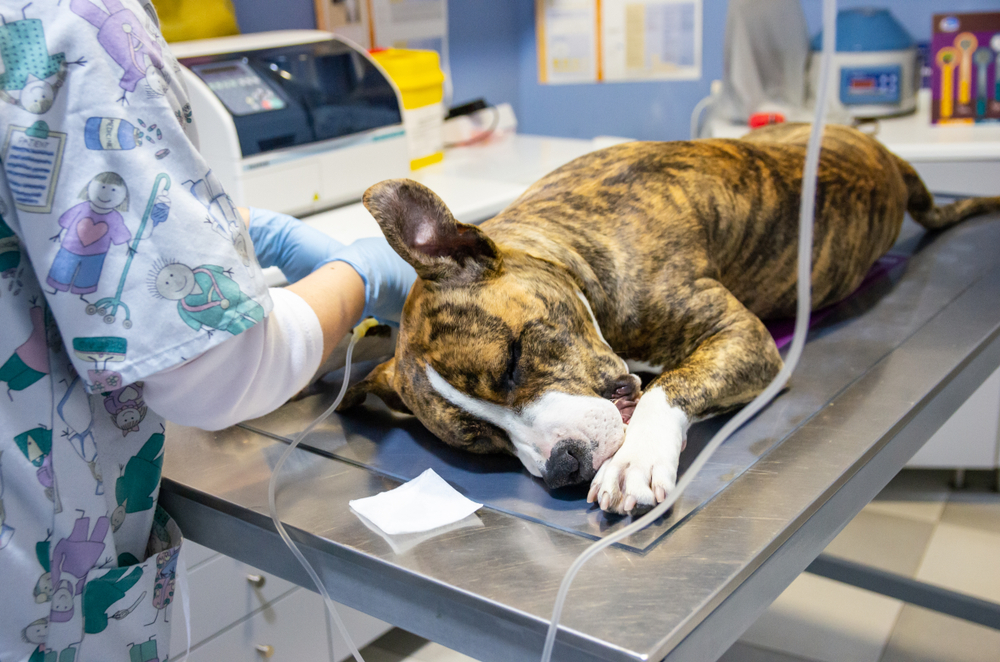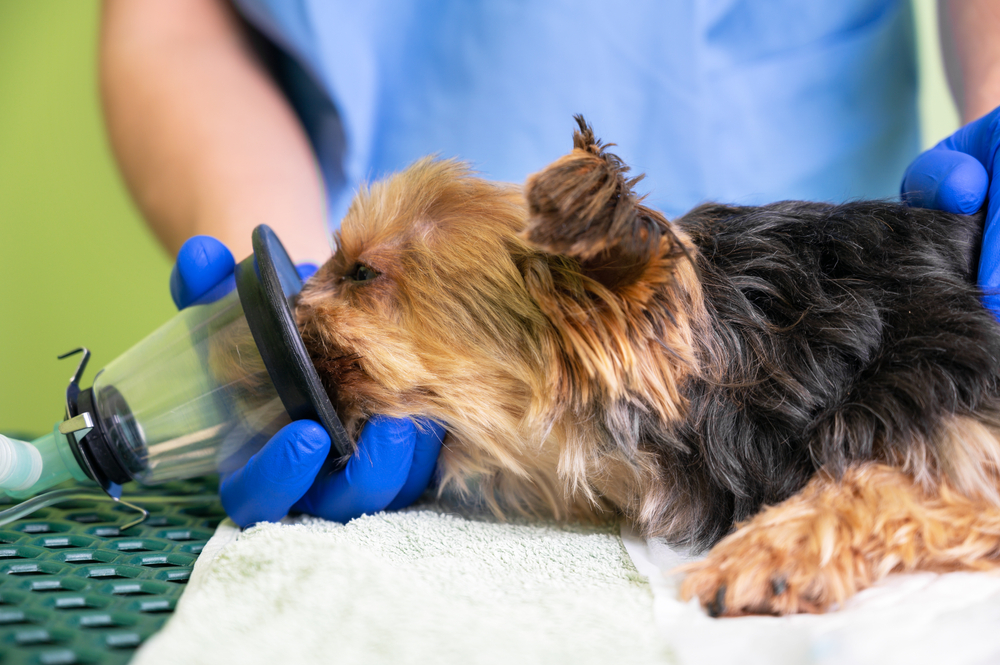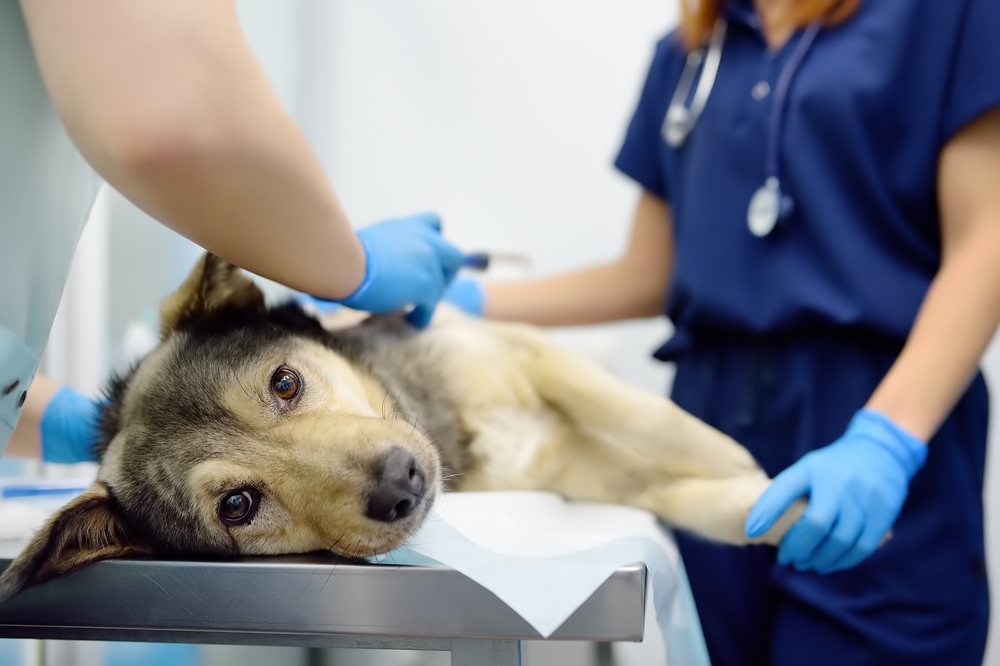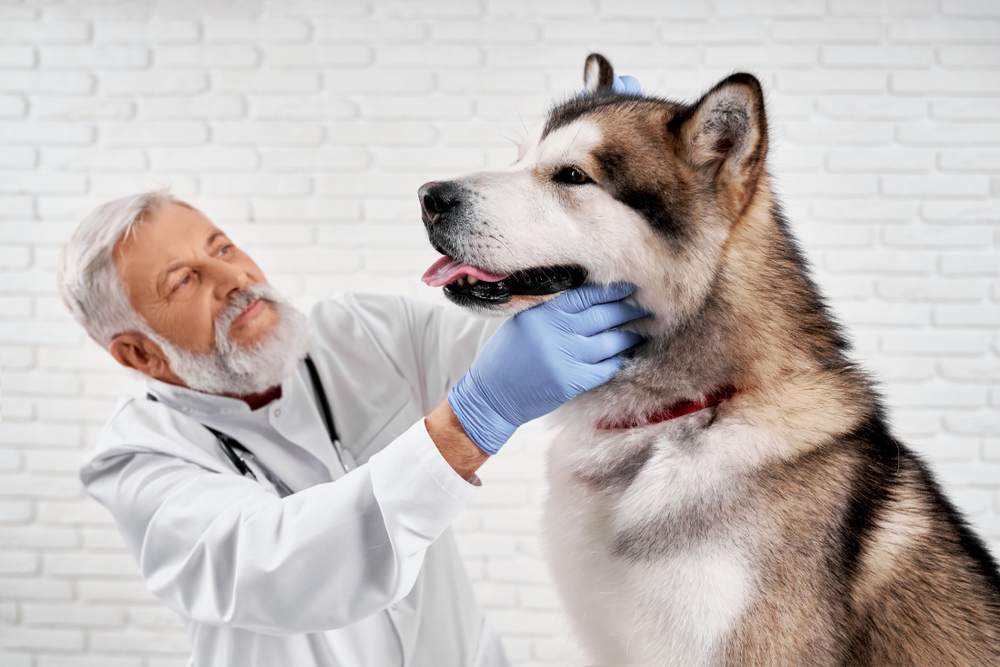[ad_1]
People acknowledged the importance of dulling ache and controlling a affected individual’s response to quite a few medical procedures approach again to inside the writings of the Greek physician Hippocrates. He lived between 460–375 BC. It’s an unbelievable feat when you consider that veterinary anesthesia began in 1847. The thought might be not difficult, nevertheless one of the simplest ways to do it remained elusive until scientists broke the code. The issue was to position a affected individual beneath and produce them once more with minimal risk. Whereas sedation and anesthesia might appear associated, the two processes are vastly fully completely different with express features.


At a Look


Sedation
- Utilized in short procedures
- Administered by means of injection
- Comparatively cheap
- Further exams on a case-by-case basis
- Affected individual further acutely conscious and mobile
Anesthesia
- Utilized in operations and longer procedures
- Typically achieved by means of injection and the provision of gasoline through a respiration tube
- Dearer
- Further pre-anesthetic testing advisable
- Managed unconsciousness, affected individual immobilized

 Overview of Sedation:
Overview of Sedation:
Sedating for procedures which will set off ache or nervousness is a kindness to the animals. Sedation moreover permits techs and veterinarians to work with out concern of being bit or scratched by an animal. As an illustration, a canine might tolerate a bodily examination with out lots fuss, considerably if the proprietor has gotten the animal used to being handled and touched. Nonetheless, it might be a particular story with an X-ray or ultrasound. That’s the place sedation entails the rescue.
Beneath sedation, a vet can place the animal optimally for imaging whereas being able to do the obligatory prep, akin to shaving the pet’s abdomen. It moreover permits vets to take a look at canine, which could in some other case be too anxious or aggressive to tolerate coping with. It’s a godsend for the commerce. Nonetheless, it’s not restricted to veterinary suppliers. Some pups even require sedation to be groomed.
One foremost operate of sedation is that it’s typically temporary. Your canine can get the equal of an outpatient course of achieved, as an example, with out hospitalizing them.


How It Works
Sedation is initiated with express drugs delivered by means of injection into the vein, muscle, or beneath the pores and pores and skin. The result is putting the animal in a relaxed and calm state to carry out explicit procedures. Veterinarians can choose fully completely different medication based totally on the pet’s medical historic previous and the extent of sedation wished (delicate, affordable, or heavy). It isn’t with out its risks, along with allergic reactions to the drugs. Nonetheless, it’s identical to the canine is in an altered state and additional extra more likely to be unresponsive to what’s going down to them.
You would possibly be capable to maintain inside the room when your canine is sedated. The animal’s response is commonly swift. The time your pup is beneath is relatively temporary, although it’d appear like a lifetime for you. Therein lies its value. Your vet can select to utilize it for a broad spectrum of procedures, from altering dressings to eradicating stitches to imaging. Lots relies upon upon the canine and their temperament.


How It’s Used
We talked about using sedation for temporary procedures. It opens up further remedy selections for veterinarians by conserving some points on the desk. Your vet can use fully completely different exams that wouldn’t be potential with an aggressive animal. That may present your vet further information to make greater remedy alternatives. It’s moreover further cheap than a full-blown anesthesia.
Execs
- Comparatively easy to implement
- A further cheap risk for purchasers
Cons
- Not relevant for all procedures

 Overview of Anesthesia:
Overview of Anesthesia:
Anesthesia takes sedation to the next diploma. It takes plenty of points off the desk, such as a result of the method’s measurement, the diploma of invasiveness, and the ache notion. With anesthesia, your canine is immobilized and unconscious and could also be beneath for longer than with sedation. The gasoline could also be delivered continuously at a gradual worth until the method is full. It locations your vet in full administration of the remedy, and your canine feels no ache whereas they’re beneath.
Anesthesia isn’t like sleep. It’s further extra more likely to be described as a result of the administration of unconsciousness, which your vet and their group administration. There are many benefits.


How It Works
Your vet will give your canine an American Society of Anesthesiologists (ASA) rating sooner than anesthesia. Its operate is to judge the canine’s nicely being risk. The mortality worth is relatively low attributable to exams like this one. It’s a comfort to pet owners when confronted with a tricky decision that has dire penalties. Points about anesthesia ought to pay attention to the canine’s age and nicely being standing.
Every sedation and anesthesia require monitoring the canine as a result of respiratory and cardiovascular nicely being risks. Nonetheless, it’s far more crucial with anesthesia as a result of it ought to proceed the complete time the animal is anesthetized. That continues as a result of the canine wakes up, which explains why you might go away your canine with the vet. The restoration varies with the animal, nevertheless it’d take plenty of hours sooner than your pooch is once more to common.
How It’s Used
The simplest issue about anesthesia is that it gives vets a proverbial clear slate. They may perform invasive procedures and take the time they need to full them completely and safely. Many life-saving procedures wouldn’t be potential with out it. It must be a consideration in case your canine is in such a state of affairs. The other issue you might think about is the worth. Anesthesia is costlier than sedation nevertheless in a number of cases, it is a greater possibility.


Execs
- Used with prolonged and invasive procedures
- Full administration of the animal
Cons
- Elevated worth
- Longer time to restoration

 Totally different Parts to Ponder
Totally different Parts to Ponder
Your vet is the final phrase decision-maker. The rationale for considering one or the alternative relies upon upon which is further relevant. Sedation may be your best option for temporary procedures, making anesthesia overkill and pointless. The individual state of affairs will resolve which your vet decides to utilize.
The Notion of Ache
Understandably, the notion of ache is an overriding concern for pet owners. We want our canine to get greater, nevertheless we don’t want them to endure. An animal must be awake and acutely conscious to grasp ache. A sedated canine is in a further drowsy state or deep sleep, nevertheless there is a prohibit to what could also be achieved to them. An anesthetized canine doesn’t actually really feel these sensations the least bit. This is perhaps vital, given what your vet might should do.


Risk Parts
Sedation and anesthesia every carry risks. Relying in your canine’s nicely being, the scale of the method, and the extent of sedation wished, one or the alternative may be safer. It’s best to speak about risks and any points you have collectively along with your vet earlier to the method.
Worth
Whereas monitoring happens with every, anesthesia is approach dearer attributable to this, along with the specialised instruments wished. For pet owners, an sudden expense may end up in financial hardship. Rest assured, your vet has this intel in ideas. That makes sedation a blessing if it’s an risk. Notably, it’s sometimes coated in pet insurance coverage protection, making it one factor to ponder when getting a canine.

 Conclusion
Conclusion
Sedation and anesthesia provide fully completely different choices for a typical dilemma: One of the best ways to deal with a canine when dealing with powerful procedures. Sedation is a superb choice for quick points like altering wound dressings, as a result of it retains the canine nonetheless to make the responsibility quick and setting pleasant. Within the meantime, anesthesia lets vets operate in your pup for further invasive procedures, akin to desexing. It’s usually a safer risk and is often wanted for positive procedures and operations to be carried out.
Featured Image Credit score rating: Serhii Bobyk, Shutterstock
[ad_2]

I appreciate the clarity with which the author explains the differences between sedation and anesthesia. It highlights important factors like procedure length and patient awareness, which are crucial for pet owners to understand.
The article provides a comprehensive overview of both sedation and anesthesia in veterinary practices. It’s interesting to see how these methods differ in application and cost, which can influence decisions for pet owners.
This article is quite informative regarding veterinary practices. Understanding when sedation is appropriate versus anesthesia can help alleviate some concerns that pet owners may have about their animals undergoing procedures.
The historical context provided about veterinary anesthesia is fascinating. It’s reassuring to know that while the practice has evolved, the main concern remains the well-being of our pets during medical procedures.
I found this article enlightening, especially regarding the risks associated with sedation and anesthesia. It’s crucial for pet owners to have this knowledge when discussing options with their veterinarians before a procedure.